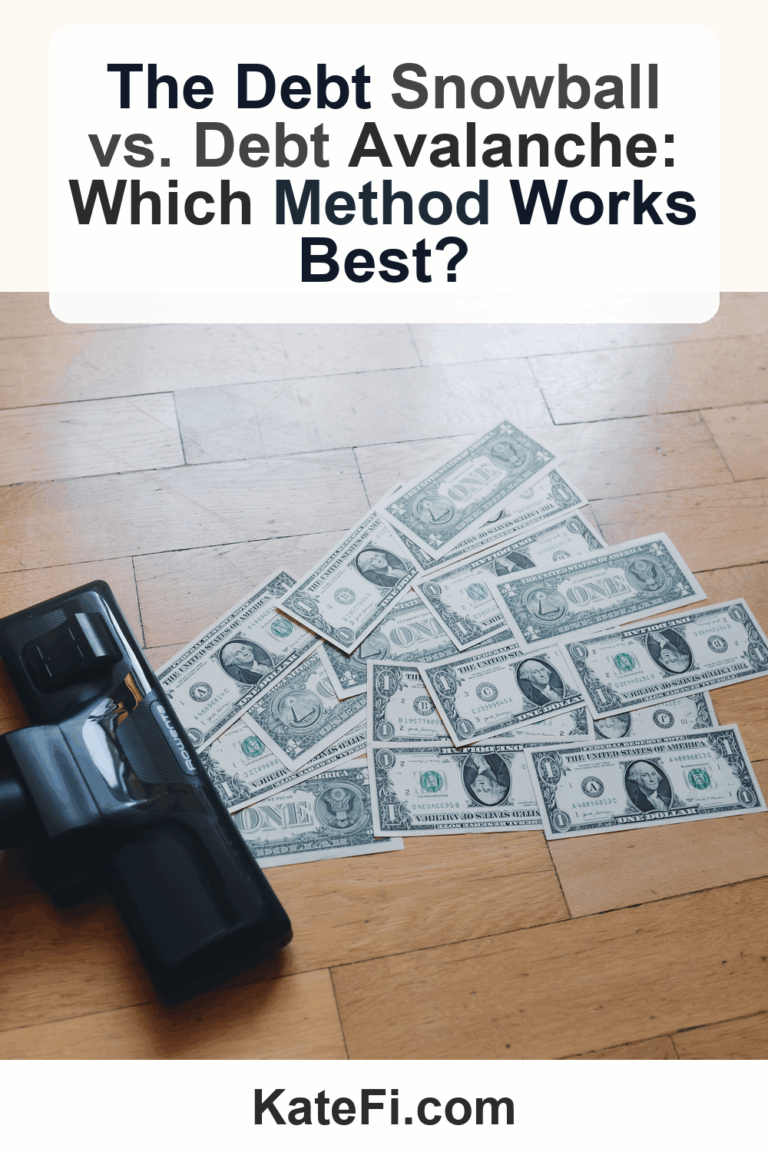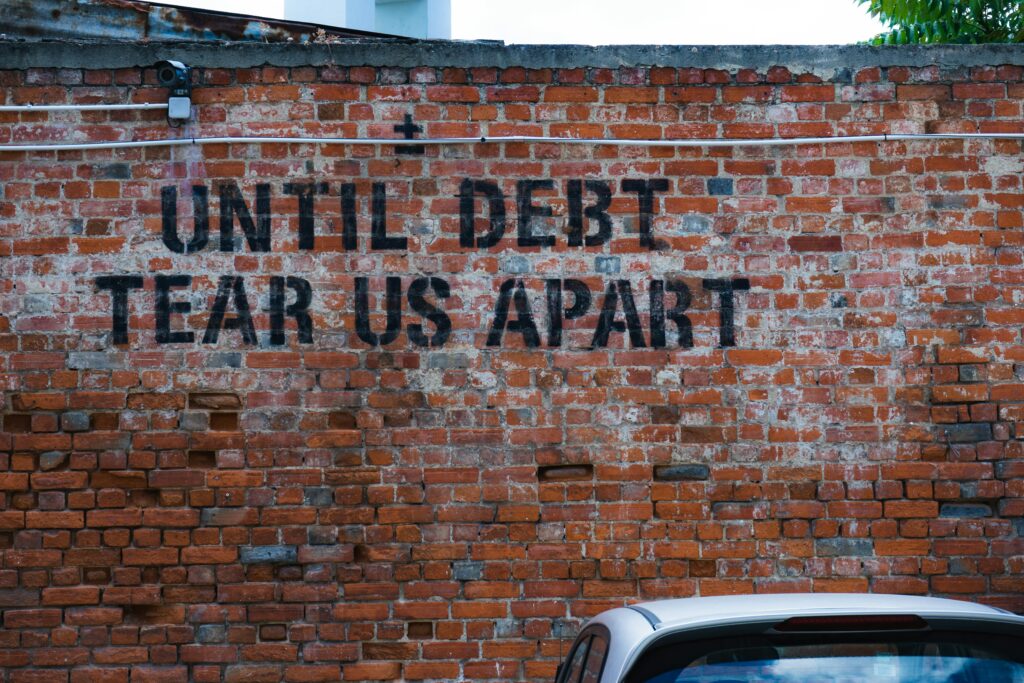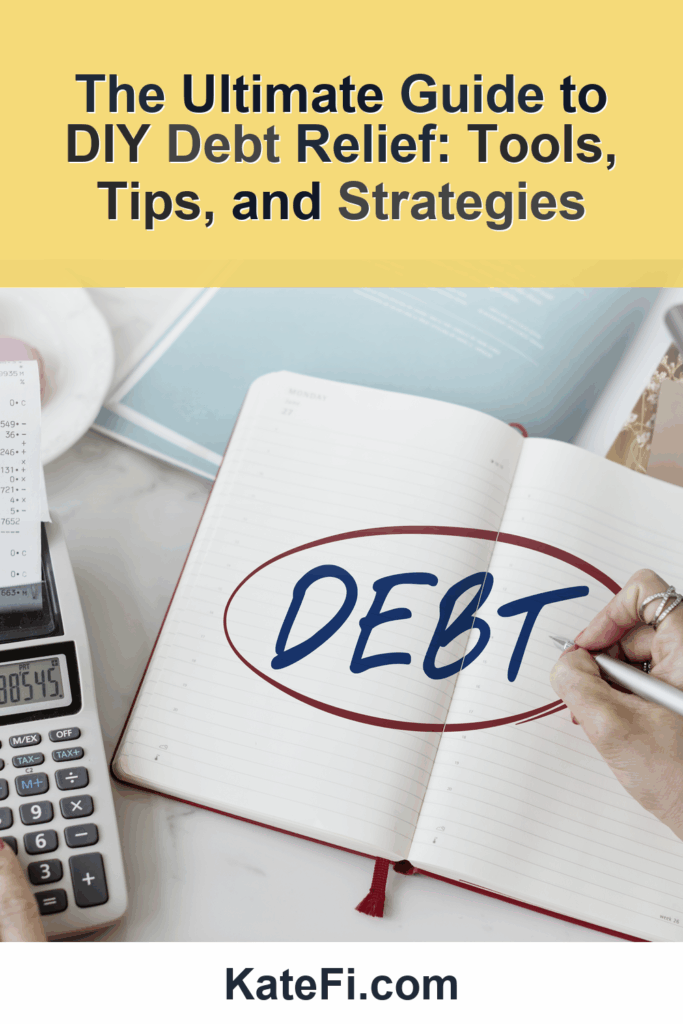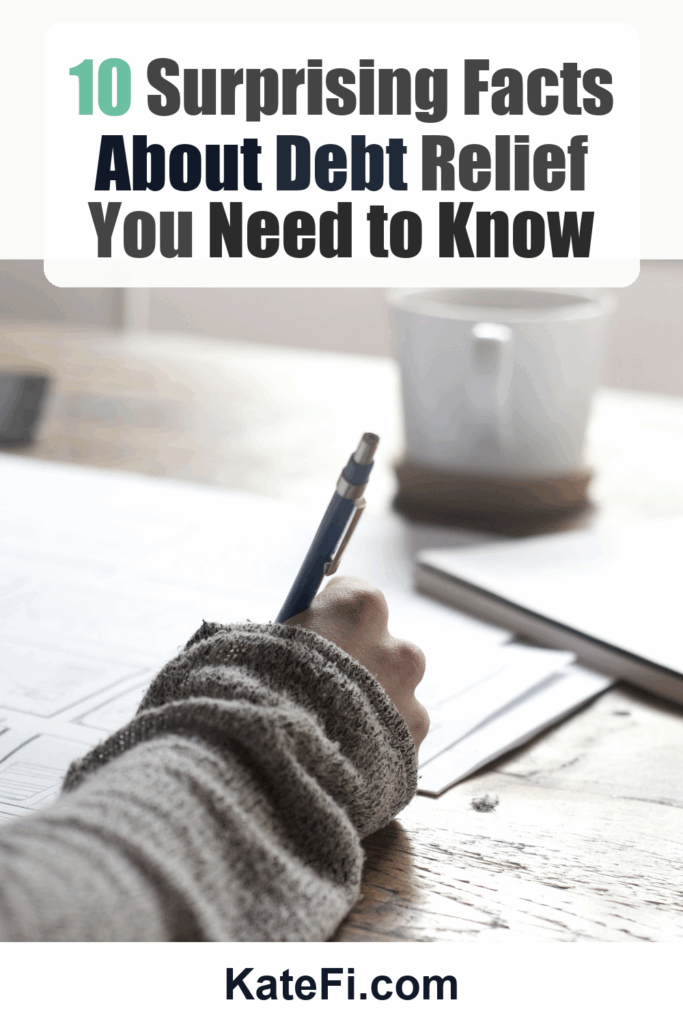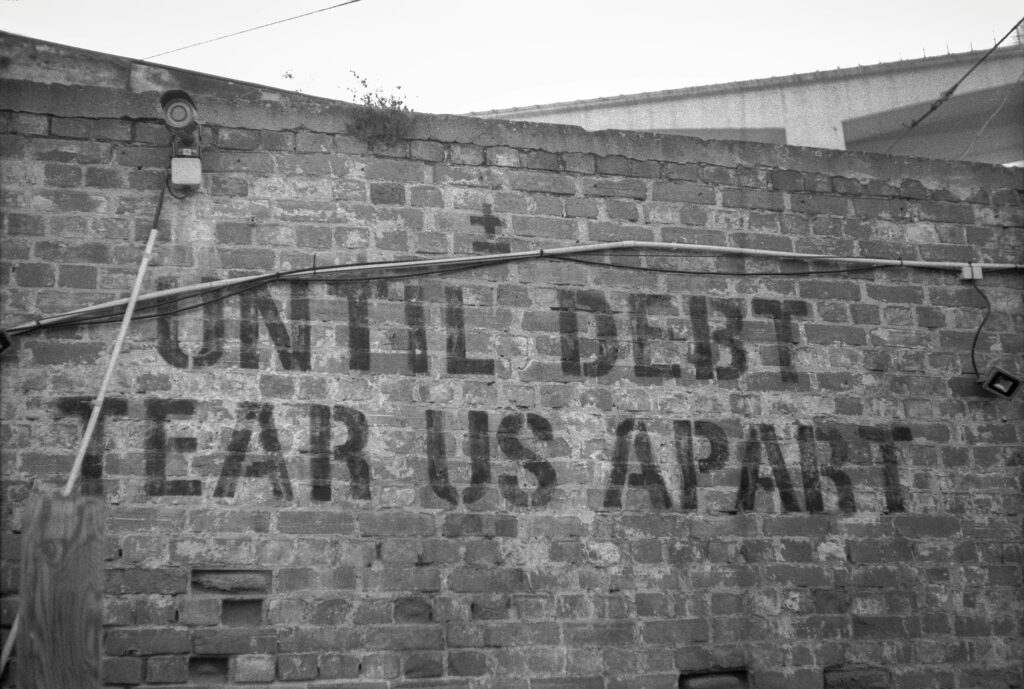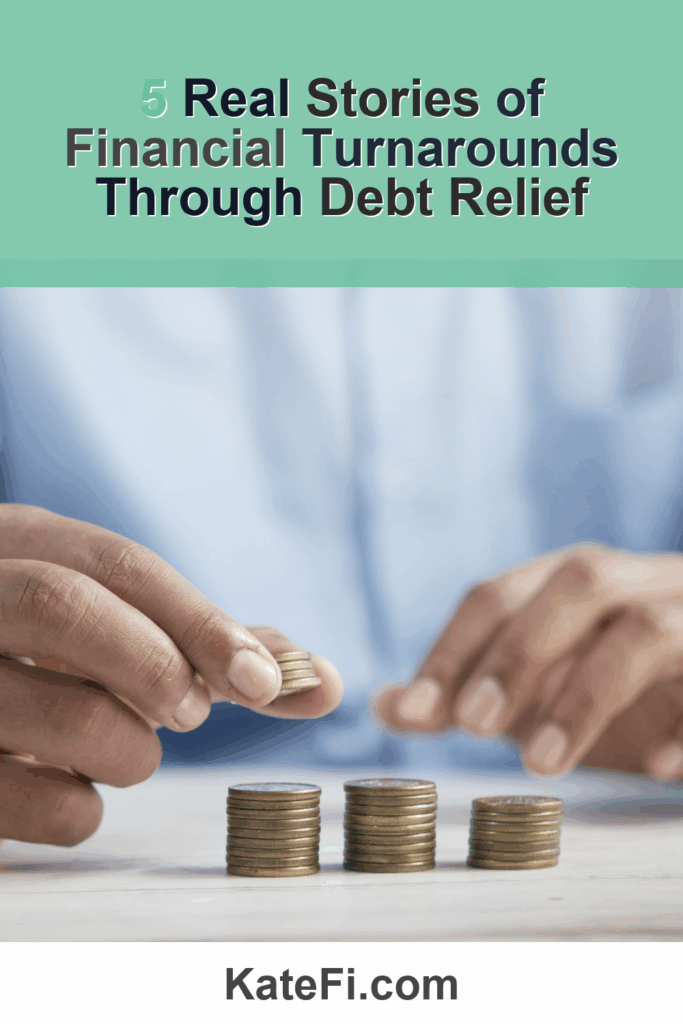Love our content? Show your support by following us — pretty please!🥺
FOLLOW ON PINTEREST
Hi! I’m Kate, the face behind KateFi.com—a blog all about making life easier and more affordable.
👉 Start Your Free Debt Relief Review
Not available in IL, KS, OR, TN, UT, WV.
The Debt Snowball vs. Debt Avalanche: Which Method Works Best?
In recent years, household debt in the United States has reached staggering heights, fueled by rising costs and persistent inflation. As of 2023, the total U.S. household debt surpassed $17 trillion, encompassing credit cards, mortgages, student loans, and auto loans. With inflation squeezing budgets and interest rates on the rise, many Americans are searching for effective strategies to reduce their debt. Among the most popular approaches are the Debt Snowball and Debt Avalanche methods, both of which aim to help individuals take control of their finances. In this article, we’ll delve into the details of both strategies, analyze their effectiveness, and provide a realistic timeline for each.
Understanding the Debt Snowball Method
The Debt Snowball method is based on psychological principles, promoting small wins to build momentum. Here’s how it works:
- List Your Debts: Arrange your debts from the smallest balance to the largest, regardless of interest rates.
- Make Minimum Payments: Continue making minimum payments on all your debts except for the smallest one.
- Attack the Smallest Debt: Put any extra money toward the smallest debt until it’s paid off.
- Repeat: Once the smallest debt is cleared, move to the next smallest debt and repeat the process.
This method capitalizes on the power of motivation. By paying off smaller debts first, you can see progress quickly, which may encourage you to stick with your repayment plan.
The Debt Avalanche Method Explained
In contrast, the Debt Avalanche method takes a more mathematical approach to debt repayment, focusing on interest rates rather than balances. Here’s the process:
- List Your Debts: Order your debts from the highest interest rate to the lowest.
- Make Minimum Payments: As with the Snowball method, you will continue to make minimum payments on all debts except for the one with the highest interest rate.
- Focus on High Interest: Allocate any extra money to the debt with the highest interest rate until it’s paid off.
- Continue the Cycle: Once the highest-interest debt is eliminated, move on to the next one in line.
By minimizing the amount of interest you pay over time, the Avalanche method can potentially save you more money and help you get out of debt faster.
Comparing Effectiveness: Debt Snowball vs. Debt Avalanche
A common question is which method is better. The answer often depends on personal circumstances, motivations, and financial habits. Here’s a quick comparison:
| Method | Focus | Time to Payoff | Psychological Impact | Long-term Cost |
|---|---|---|---|---|
| Debt Snowball | Smallest Balances | Shorter for small debts | High motivation from quick wins | Potentially higher due to interest |
| Debt Avalanche | Highest Interest | Generally faster overall | Lower motivation initially | Lower overall cost due to reduced interest |
Realistic Timelines for Debt Repayment
When considering debt repayment strategies, realistic timelines are essential. Here’s a practical look at how long each method might take based on different debt amounts:
#### Scenario: $15,000 in Debt
- Debt Snowball: If you focus on a $1,500 debt first (the smallest), it might take around 3 months to pay it off. You then progress through your debts, achieving a series of quick wins, likely leading to a total payoff in 18-24 months.
- Debt Avalanche: By targeting the debt with the highest interest rate first, you may reduce the overall time. For example, if the highest-interest debt is $6,000, paying it off first might take approximately 6 months, leading to an overall payoff in 12-20 months, depending on your minimum payments.
Both methods can yield results, but the psychological benefits of the Snowball can sometimes outweigh the mathematical advantages of the Avalanche for some individuals.
Credit Impact and Considerations
Both methods are primarily focused on reducing debt, but it’s essential to understand how this journey can impact your credit score. Making late payments or defaulting can negatively affect your credit. When considering debt relief options, be proactive about communicating with your creditors to explore alternatives that might not impact your score significantly.
Before embarking on your debt repayment journey, gather important documents, including:
- A list of all debts with outstanding balances and interest rates
- Recent statements for each debt
- Your income and monthly expenses
Having these documents on hand can facilitate a faster review and assessment of your situation.
Getting Started with Debt Relief
If you’re feeling overwhelmed by debt, you don’t have to navigate this process alone. Seeking professional advice can offer clarity and direction. At KateFi.com, you can get a free consultation to discuss your unique circumstances, evaluate the best debt relief options, and set realistic repayment goals.
✅ See If You Qualify for Debt Relief
Practical Checklist for Getting Started
- Assess Your Debt: List all debts and categorize them by balance and interest rate.
- Choose Your Method: Decide if the Snowball or Avalanche approach aligns more with your financial habits.
- Budget Wisely: Create a budget to ensure you can allocate extra funds toward debt repayment.
- Gather Documentation: Compile necessary documents to facilitate any consultations or debt relief options.
Conclusion: Which Method is Right for You?
Deciding between the Debt Snowball and Debt Avalanche methods ultimately hinges on your financial situation, psychological needs, and motivation levels. For some, the rapid wins of the Snowball method are enough to fuel their journey, while others may prefer the long-term savings offered by the Avalanche method.
Regardless of the approach you choose, remember that the road to debt relief can be challenging but is achievable. With the right support and a solid plan, you can regain control of your finances. To take the first step toward freedom from debt, consider reaching out for a free consultation.
✅ See If You Qualify for Debt Relief
Important: This content is for education only—not legal, tax, or financial advice. Results and eligible programs vary by situation and state. Fees apply if you enroll and complete a program. Debt relief can affect credit; missed payments may lead to collections/lawsuits. Not available in IL, KS, OR, TN, UT, WV.
By understanding your options and having a clear plan, you can embark on your journey toward financial stability with confidence. Choose the method that aligns with your goals, and remember, you don’t have to go through this alone—help is available.
Lower Your Unsecured Debt
If you have $5,000+ in credit card or personal loan debt, a free consult can review options like settlement or hardship plans.
- One-on-one call to review your debts and goals
- See potential monthly payment reductions
- No obligation to enroll
Not available in IL, KS, OR, TN, UT, WV.
Understand pros/cons of settlement vs consolidation vs DMP for your exact mix of debts.
Not available in IL, KS, OR, TN, UT, WV.

